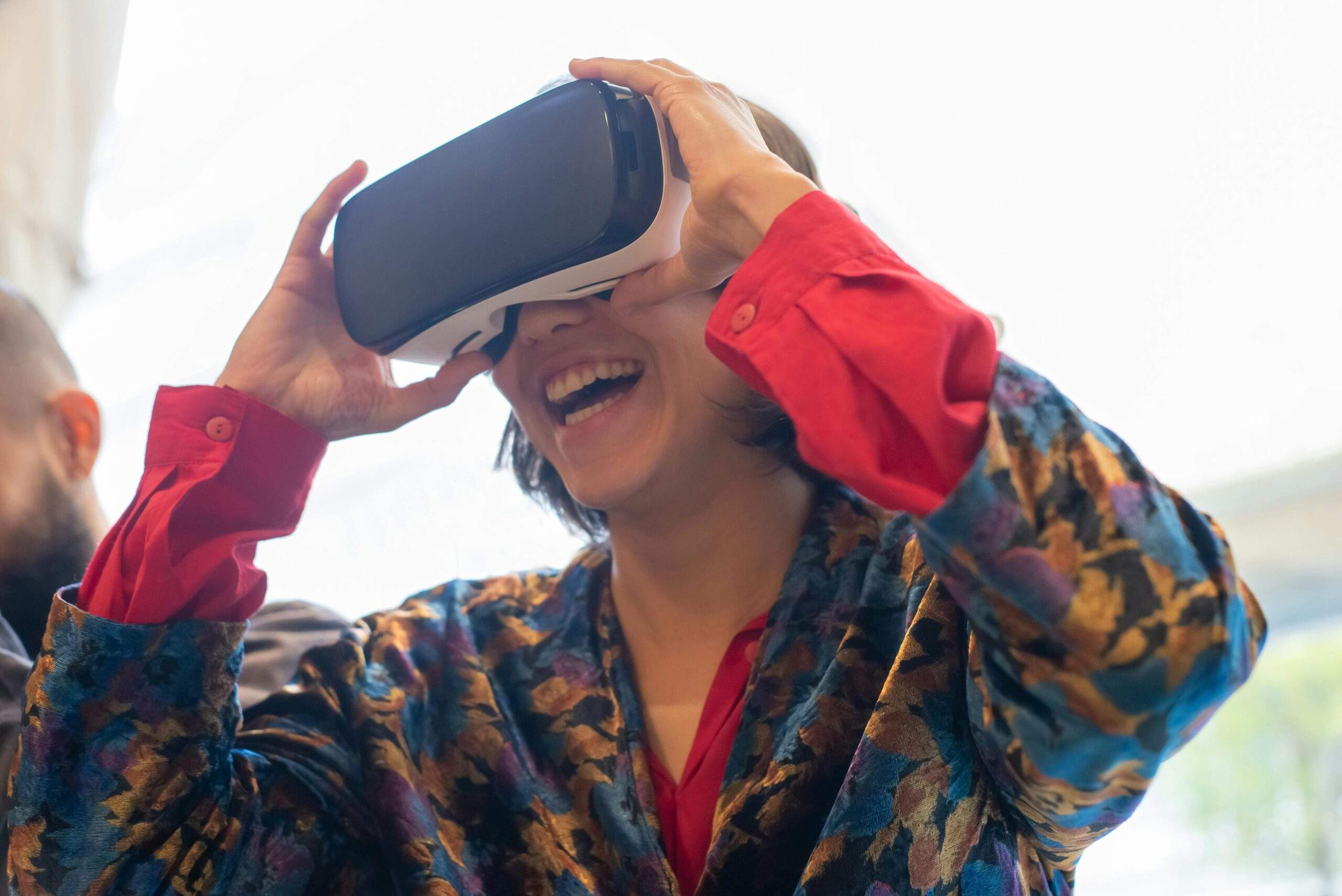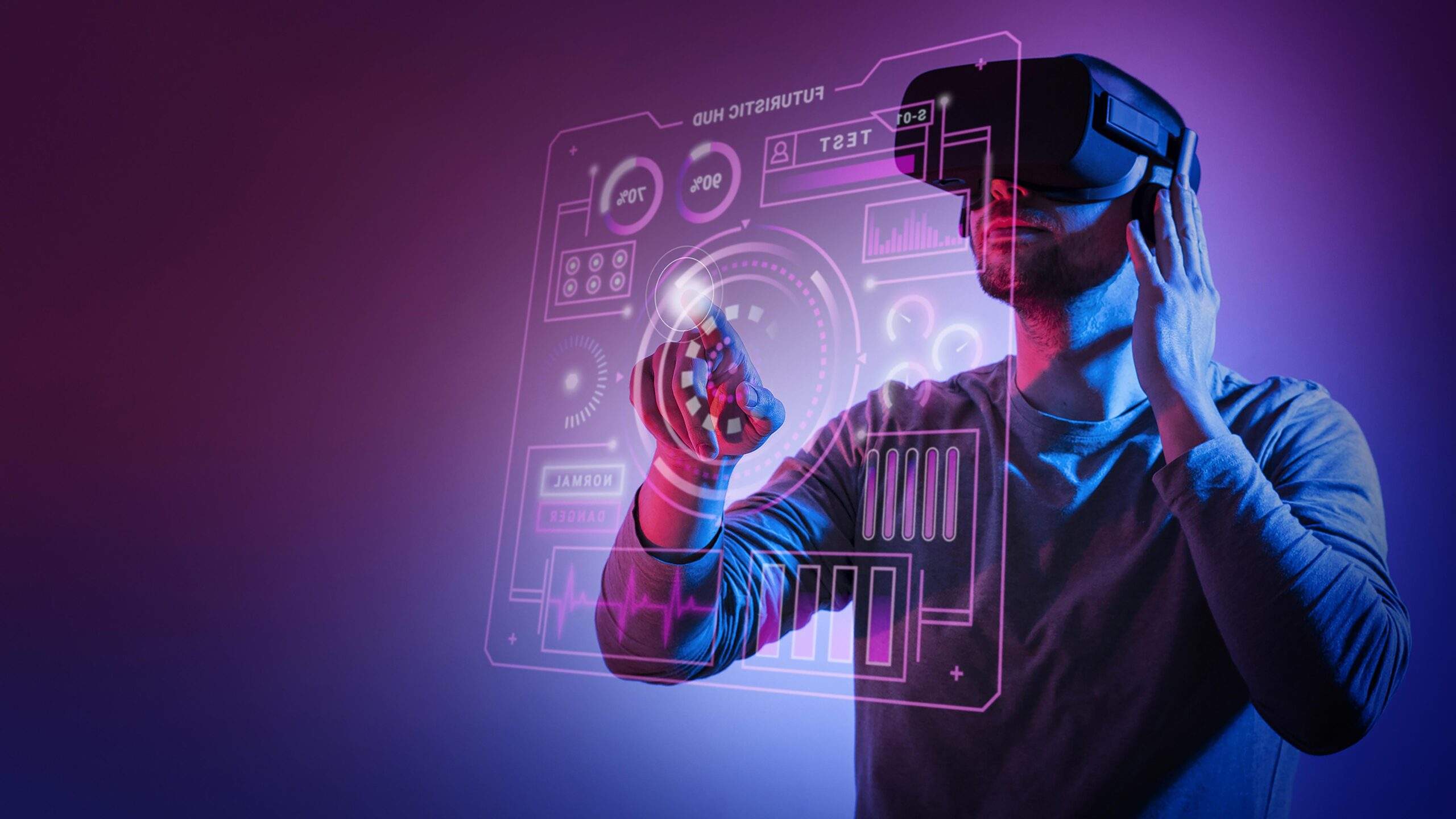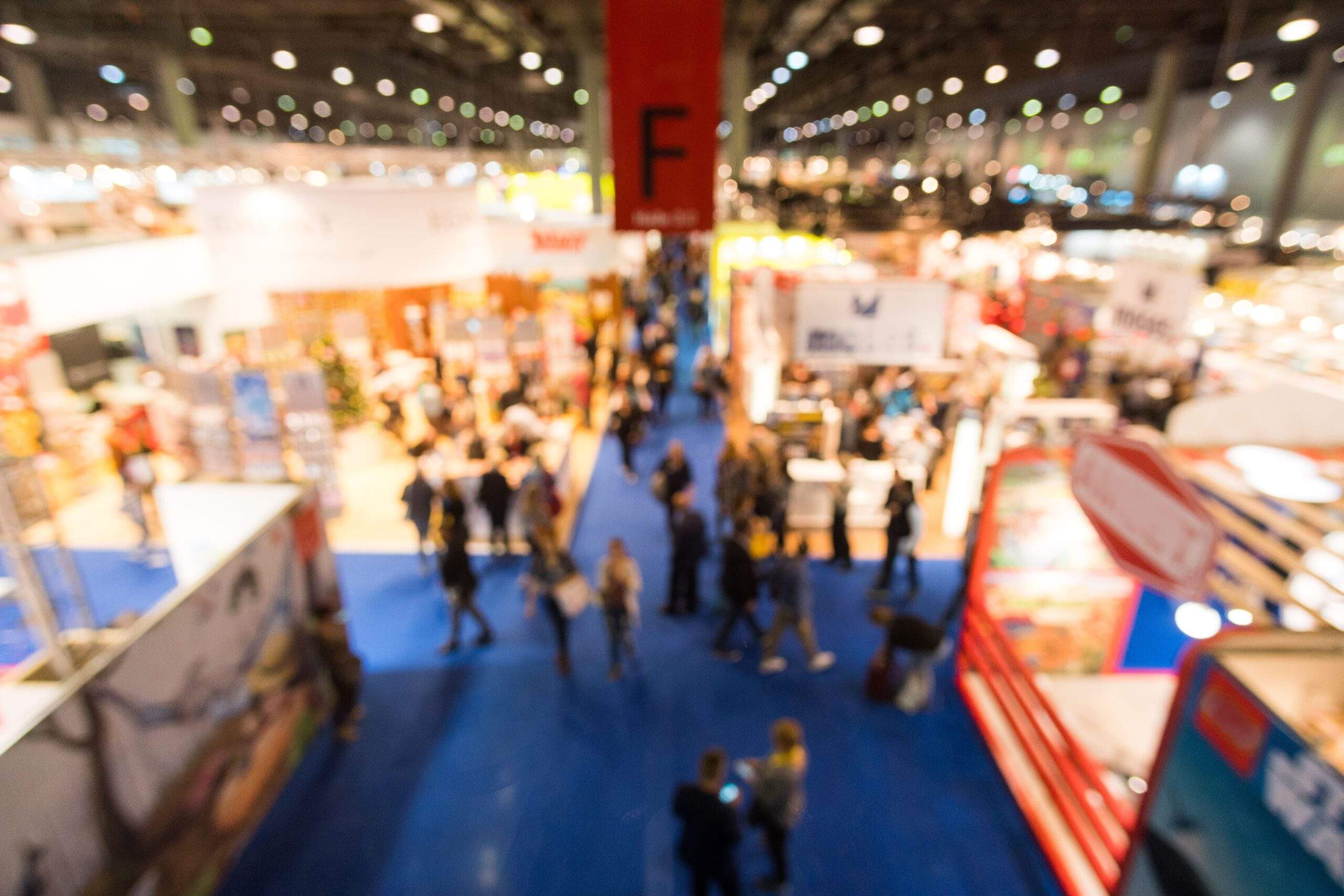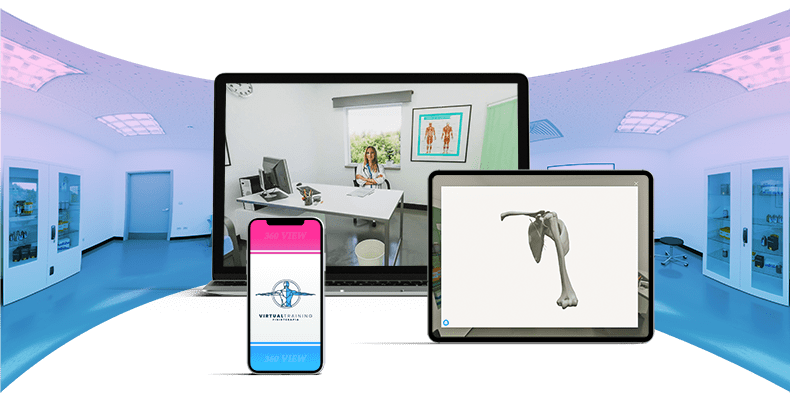The tourism industry is one of the most important sectors of the world economy. During the pandemic, unfortunately, it was the one that suffered the most, but today it is once again regaining growth and development.
Like every sector, tourism has evolved in recent years thanks to technology: from the way we search for and prepare for a trip, to the organisation of accommodation, activities and transport.
Every day, new technologies offer tourists a much more satisfying and beneficial experience.
It is in this sense that augmented and virtual reality are beginning to gain importance in the tourism sector, taking the experience to another level.
AR and VR technologies in the tourism sector have been fostered above all by the digital transformation that has opened up new opportunities for both travellers and businesses in the sector.
Augmented reality allows users to enrich their travel experience, while virtual reality enables immersive and immersive travel experiences without moving from home.
GLOBAL MARKET
The global virtual (VR) and augmented reality (AR) market in the tourism industry is expected to reach $9.6 billion by 2025, with an annual growth rate of 25.7 per cent during the forecast period. North America currently hosts the largest share of tourism-related AR and VR, due to increasing investment by travel companies in advanced AR/VR tools. At the same time, Asia Pacific, thanks to government initiatives to promote and support the travel industry, appears to be the fastest growing region.

The adoption of AR/VR technologies in the travel industry has been accelerated by the pandemic, enabling travellers to have immersive and interactive experiences, particularly at a time when physical travel has been limited.
This has led to an increase in demand for virtual and augmented reality services in the tourism sector.
Around 70 per cent of consumers globally are interested in the use of VR/AR technology during travel, with 32 per cent of consumers believing that the use of such technologies can enhance the tourism experience. Tourism businesses are therefore investing in creating augmented and virtual reality experiences in order to increase bookings and offer their customers more immersive and immersive travel experiences.
Some applications are being developed to allow customers to immerse themselves in real-time versions of the destinations they wish to visit.
AR/VR’S MAIN CHALLENGES IN TOURISM
According to a United Nations report, tourist arrivals worldwide plummeted 87% in January 2021 compared to the same period the previous year. This is all due to the Covid-19 pandemic.
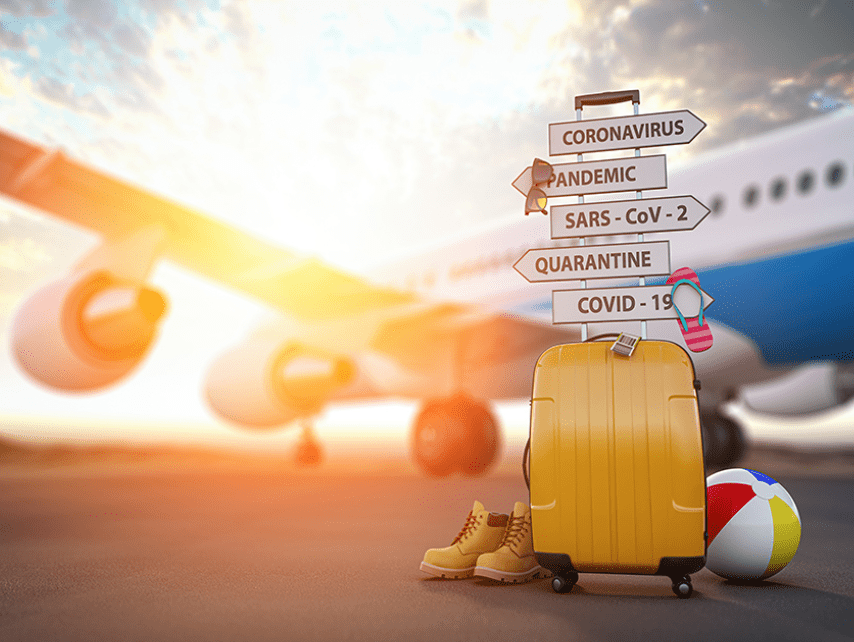
As a result, tourism service providers had to adapt their business models and, due to declining profits, had to limit their spending on advanced digital technologies. Instead, travel companies have focused their attention on creating safer infrastructure to ensure the health and well-being of travellers.
However, despite these challenges, augmented and virtual tourism has enabled the industry to improve its services by offering home-based travel experiences for those not yet ready to travel.
APPLICATION EXAMPLES
Augmented reality (AR) and virtual reality (VR) are becoming increasingly used in the tourism industry to enhance the visitor experience. Here are some examples of how they are being used:
- Virtual tours: tourist destinations can use virtual reality to create virtual tours of their main attractions. This allows visitors to virtually explore the attraction before making a booking. For example, the Louvre has created a virtual tour of the museum, which allows visitors to explore some of its major works of art without having to make a physical visit.
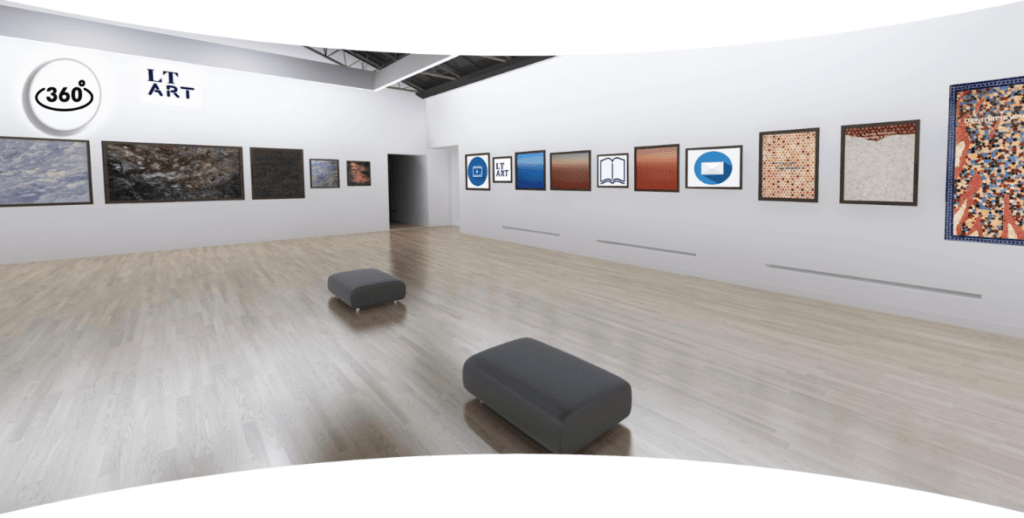
https://www.armarket.it/
2. AR travel guide: Augmented reality applications can provide information about the tourist destination, highlighting the main attractions and providing details about their history and local culture. For example, the Smartify application uses augmented reality to provide information about artworks in some of the world’s major museums.
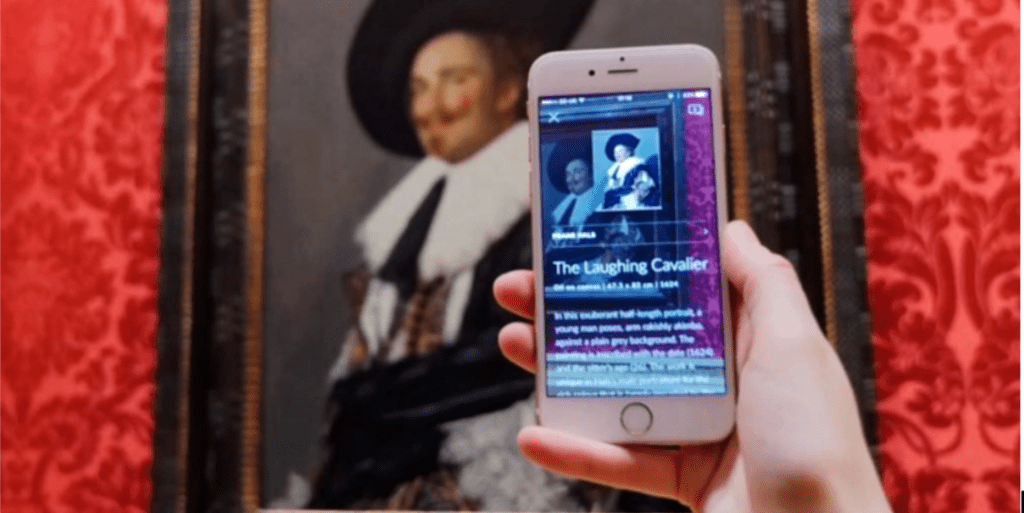
3. Immersive experiences: virtual reality can be used to create immersive experiences that allow visitors to experience the tourist destination in an immersive way. For example, the Busch Gardens theme park has created a virtual reality experience that allows visitors to experience some of its major attractions in a virtual way.
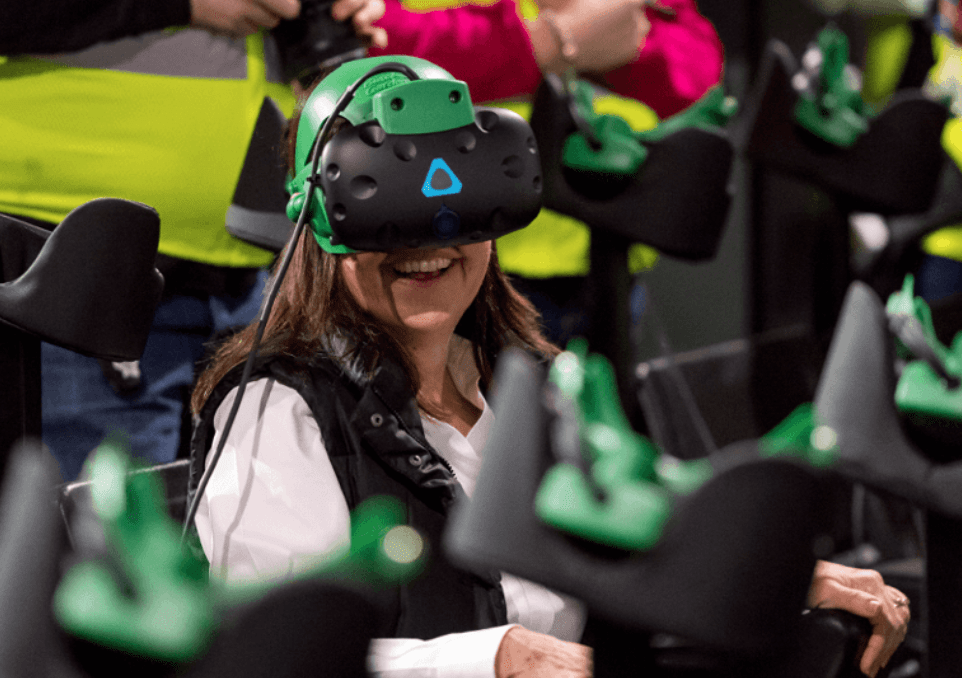
4. AR maps: augmented reality maps can be used to help visitors navigate a new destination more effectively by highlighting key tourist attractions and providing additional information. For example, the AR City application allows visitors to explore some of the world’s major cities using an augmented reality map.

Bari is the first city in the world to have its own augmented reality copy, allowing anyone to frame buildings, monuments and businesses, for immediate descriptions and reviews. All this via the ‘AC Tourist’ iOS and Android app
- Tourism marketing: Virtual reality can be used to create engaging marketing campaigns, e.g. through 360° videos or virtual tours of destinations. For example, the airline Lufthansa created a VR video that allows visitors to explore some of Europe’s most popular tourist destinations.
- Staff training: virtual reality can be used to train tourism staff, such as tour guides, so that they can provide a better experience for visitors.
- Travel presentations: virtual reality can be used to create immersive and interactive travel presentations, so that tourists can have a better idea of what to expect during their trip.
- Tourism promotion: Virtual reality can be used to promote tourist destinations, showing potential tourists what they can expect during their trip and inviting them to explore the virtual world of the destination.

The main benefits of incorporating AR and VR into the tourism sector include: a more immersive experience, promotion of tourist destinations, employee training, new product testing, personalisation of the shopping experience, increased safety for tourists and saving time and money
However, there are also some disadvantages to using augmented and virtual reality in tourism. For instance, these technologies can be expensive to develop and implement, and may not be accessible to all travellers.
Furthermore, the excessive use of these technologies may have a negative impact on the authentic experience and human contact, which are still key elements for many travellers.
MAIN USE CASES OF AR AND VR IN TOURISM
– Cedar Point: an amusement park based in Ohio that introduced the interactive gaming experience ‘The Battle for Cedar Point’ into its app. Guests can join various clans to compete against each other and use AR technology to activate the experience by scanning ride signs and game symbols.
– National History Museum: developed an app called ‘Skin and Bones’ that uses 3D technology and AR overlays. Visitors can point their smartphone at a skeleton to see how the specimen moved and discover its history.
– Thomas Cook: a British travel company, implemented the VR travel experience for its consumers. After testing a 5-minute VR experience in the shop, the company reported a 190% increase in bookings for trips to New York.– Google Maps: has an AR functionality that simplifies navigation for walking users. The technology places virtual signs above real-world streets to guide users in the right direction.
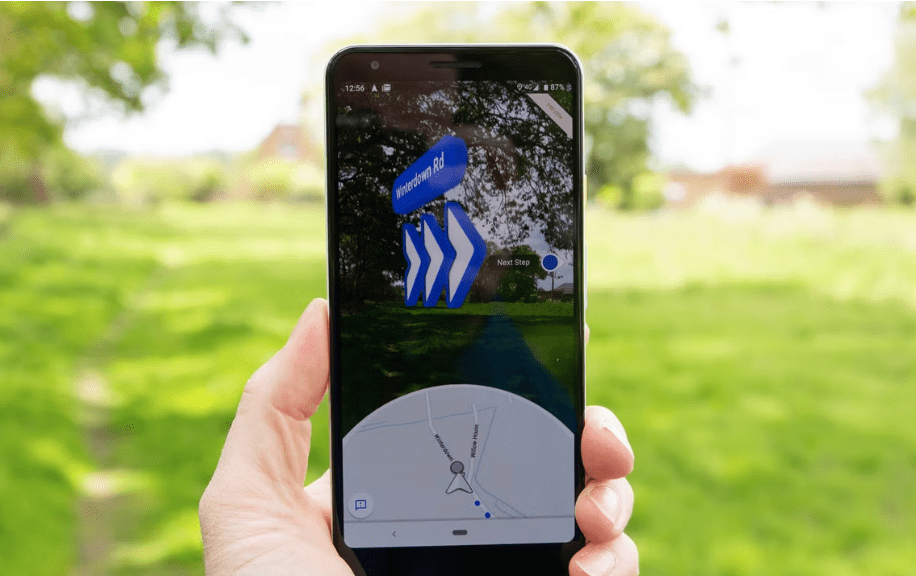
– American Airlines: added an AR overlay to its app to direct users to key areas, such as check-in and security control. Hub Hotels developed an AR map of London in its app to help hotel visitors find points of interest in the city.
– Atlantis the Palm in Dubai: created a 360-degree panoramic VR video that offers a comprehensive tour of the hotel’s key features, such as the lobby, the largest suite (the Royal Bridge) and the renowned Nobu restaurant.
– The Patagonia Project: offers an Oculus 360 tour of Mount Fitzroy, Argentina’s most famous mountain, and its glacial lake, Laguna Sucia.
In conclusion, augmented and virtual reality are revolutionising the tourism industry, offering new opportunities and challenges for travellers and businesses in the sector.
It will be important to balance the use of these technologies with the importance of authentic experience and human contact to ensure a sustainable future for tourism.
Trust in us to expand your tourism service offering to provide an innovative and engaging tourism experience so that you can experience travel from a different point of view!
Visit our website to discover what we can achieve for your business!


